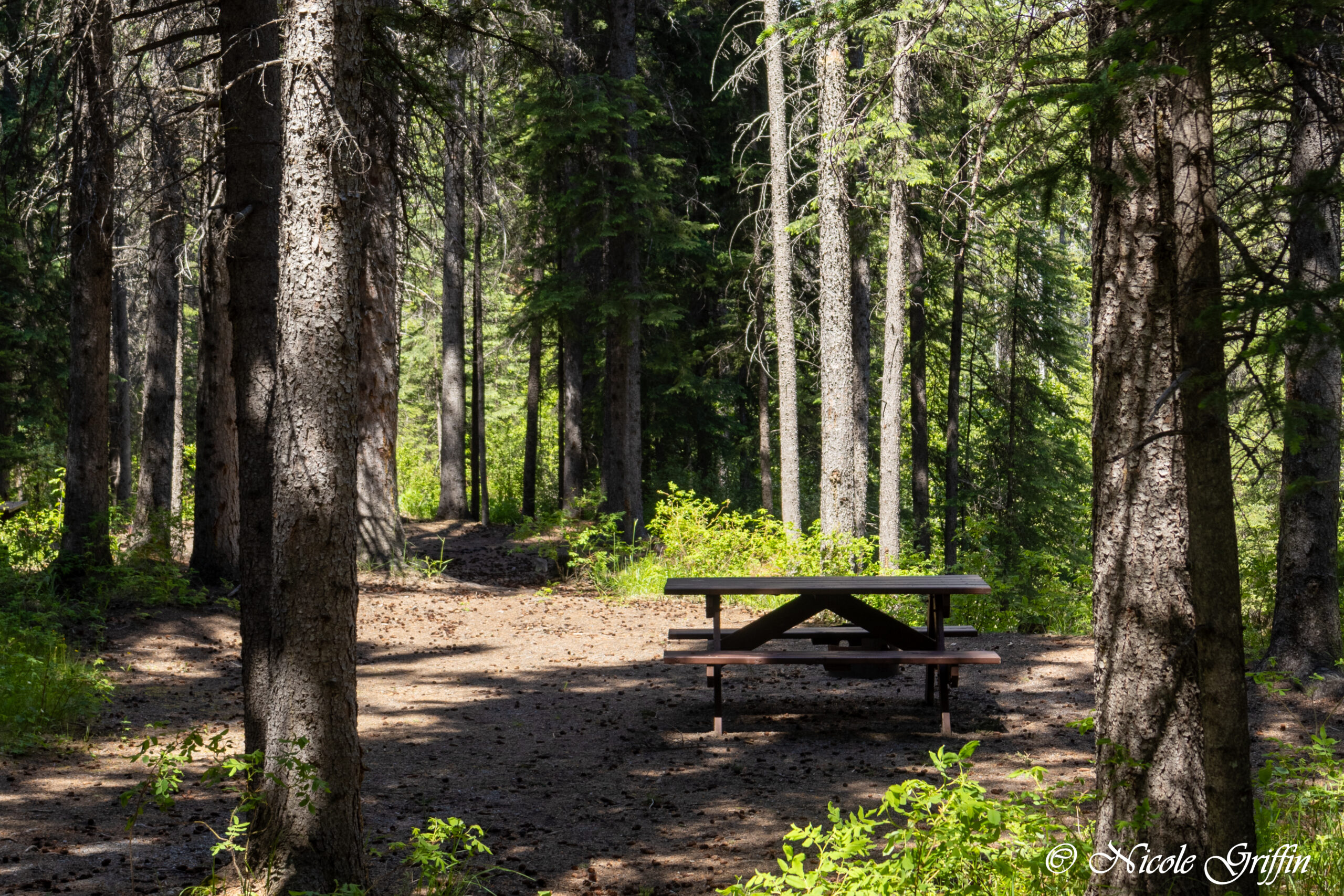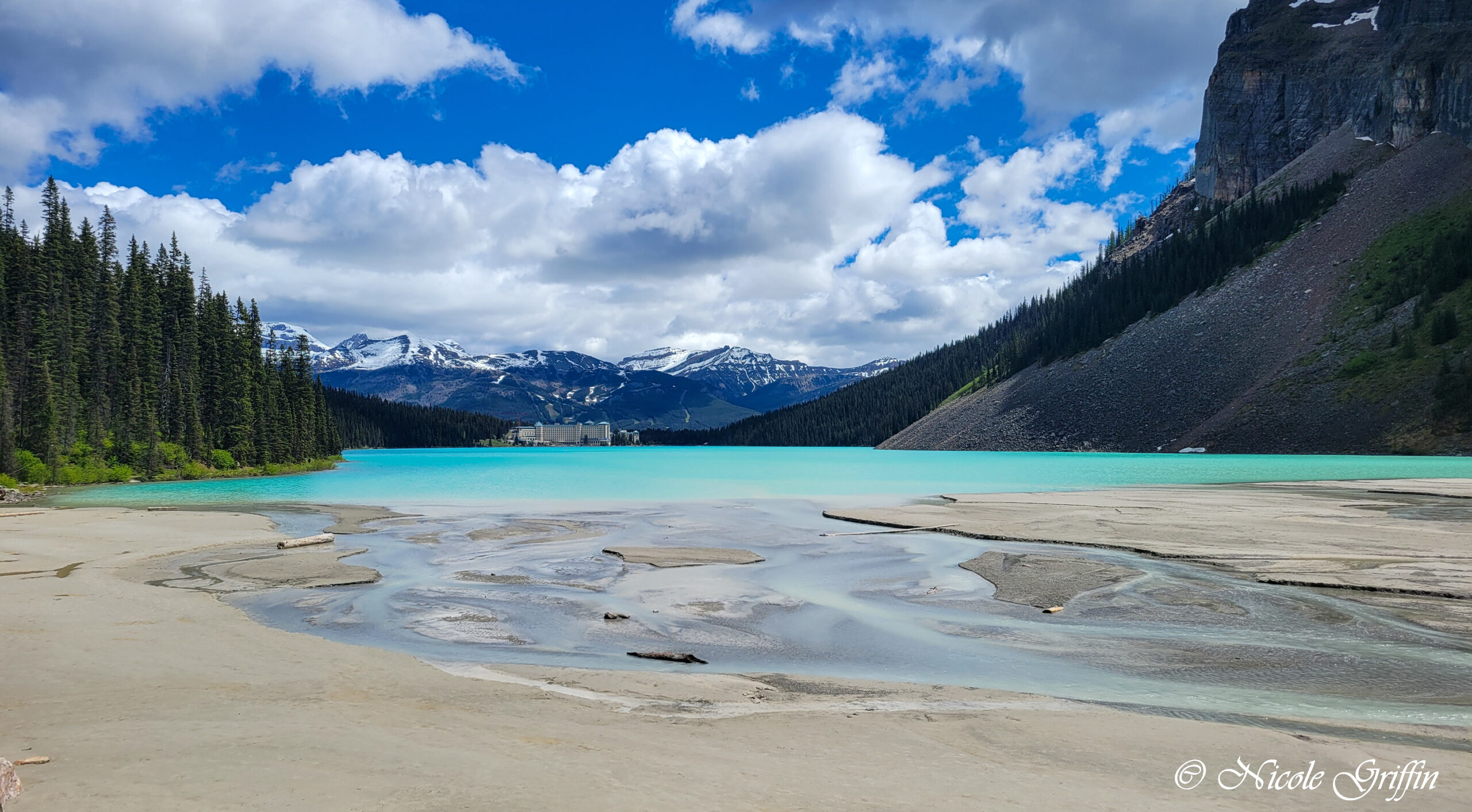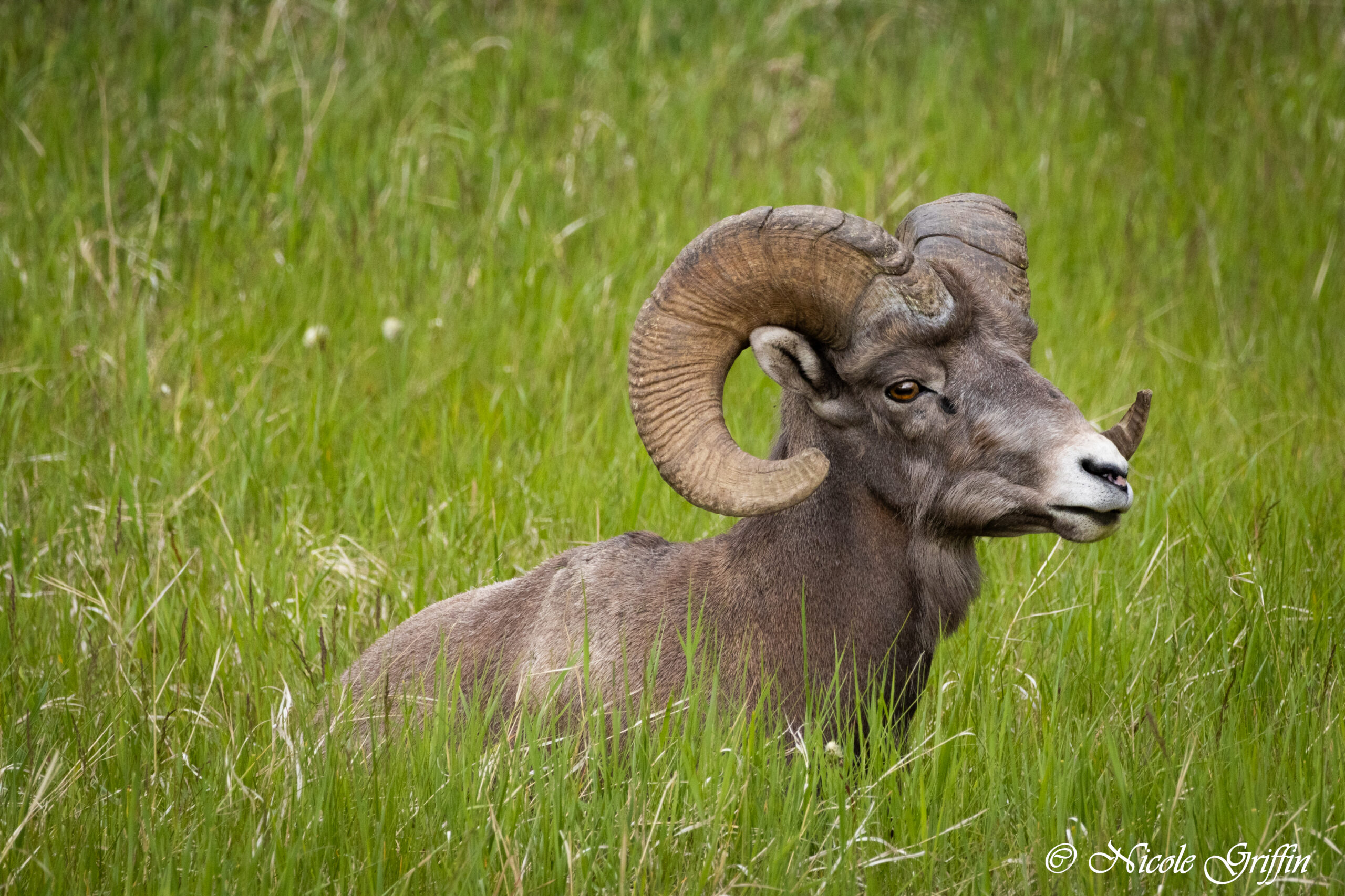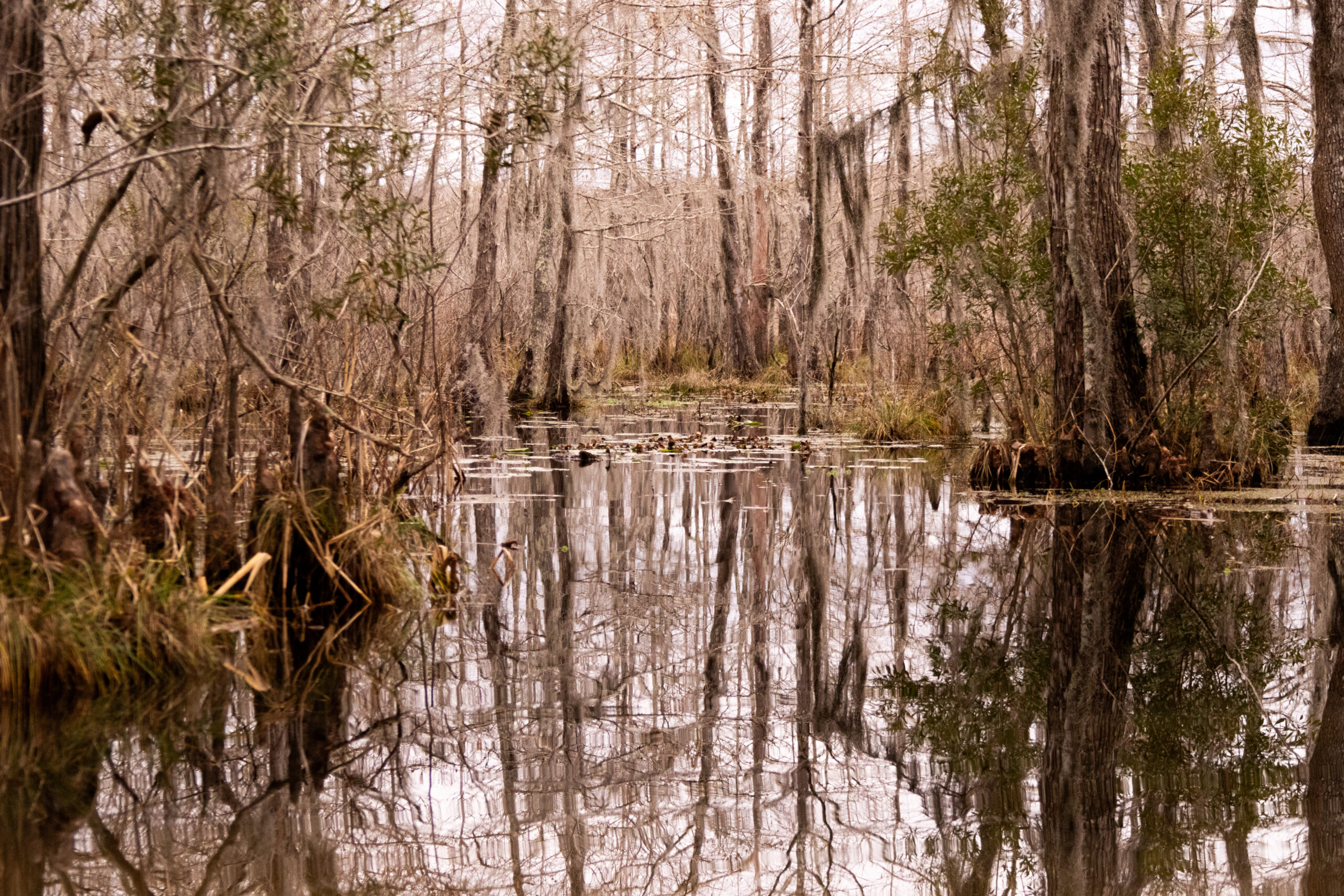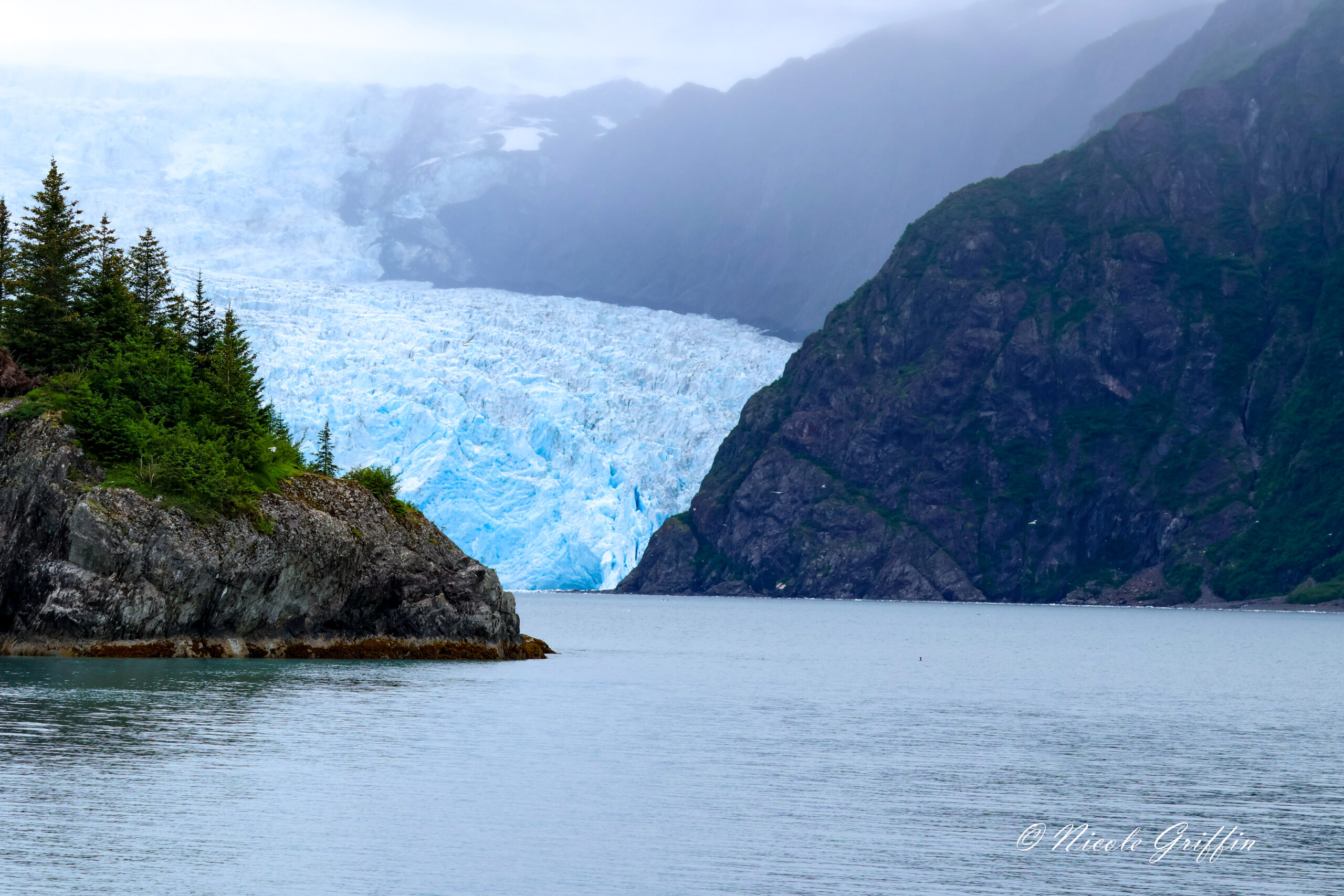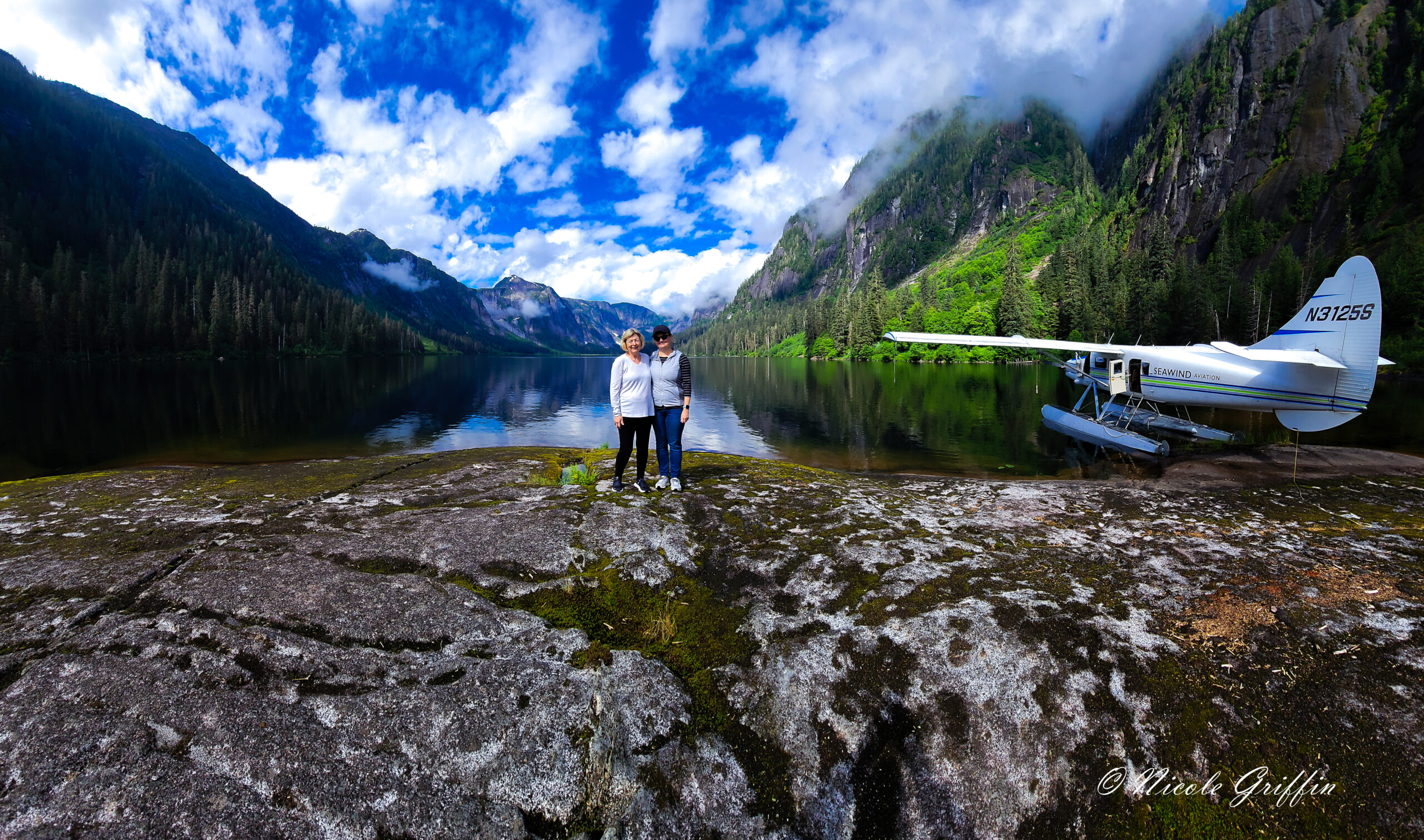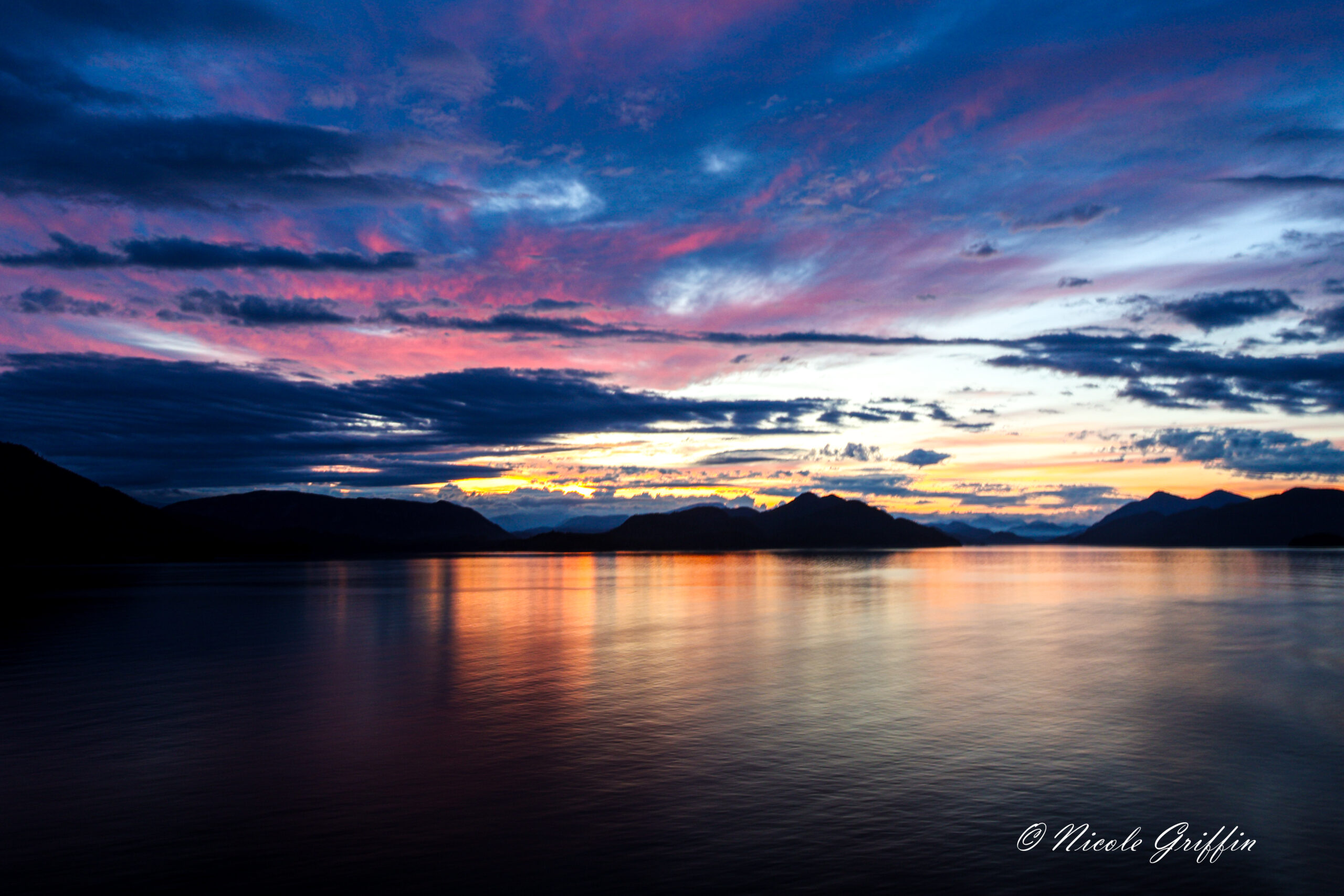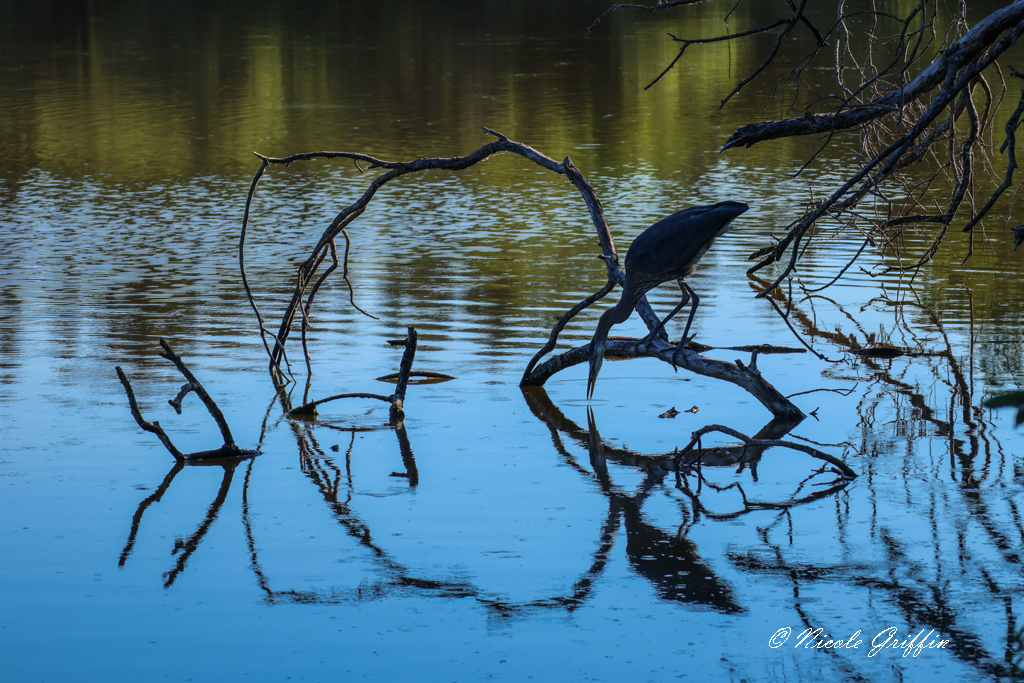My friends and I traipsed along a wooded path. Pine trees towered above our heads, and their needles and cones formed a blanket beneath our feet. Beams of sunlight darted through the sparse canopy, warming the air that was still cool even in June. Scrubbier greenery lined the path, and a bunny scampered away at the sound of our footfalls.
We reached the end of the path and surveyed the farthest campsites from the parking lot, then doubled back, favoring instead one of the first ones we had looked at. This one was bordered by a slight embankment that led to a cheerfully babbling brook down. Its gentle gurgling could have been recorded for a sleep sounds app.
This would be our home for the evening. “Isn’t it beautiful?” my friends asked me.

I couldn’t deny that. But they were missing the point.
I didn’t object to being out in the woods and enjoying nature. I didn’t object to sitting around a campfire drinking wine. The part of camping that I dreaded was the part where you have to sleep on the cold, hard ground.
Let me back up. As the title of this blog (and my profile) might suggest, I am not a camper.
Don’t get me wrong, I have camped. When I was a small kid, my parents would take me tent camping in the forests of northern New Jersey (yes, the Garden State really does have forests, cue the Jersey jokes). Campfires, roasted marshmallows on sticks, ghost stories, all the fun childhood camping stereotypes.
When I was an older kid, we lived in Kentucky, and my mom declared herself too old to sleep on the ground (adult me commends my mom’s stand here), so my dad bought a crappy used tent camper. He spray-painted it forest green and towed it behind his Chevy Astro minivan on our way to campsites around the Bluegrass State. The beds in the tent camper made this a slight step up from camping in a tent, but still captured the essentials of the experience.
In college, I camped multiple times in the high desert of central-to-northern Arizona. My roommate and I bought a cheap tent at Walmart, which we may have used a couple of times. Other times, I slept in my car. Camping in college was less about the experience of camping and more about underage drinking far away from any authorities.
These college trips were my only experiences camping as “an adult.” I have some fond memories, like sitting around campfires while guys crooned ‘90s alternative songs to their guitars. (To this day, “Plush” by STP, “Elderly Woman Behind a Counter,” by Pearl Jam, and “Losing my Religion” by REM never fail to evoke these times.)
But I also have memories of freezing on the ground during cold desert nights, unable to get comfortable on the rocky ground despite being drunk enough that passing out should have been a cinch.
Like my mother before me, my problem with camping was always singular: sleeping.
In my college days, I didn’t particularly have a problem with insomnia. But I have since my mid-to-late 20s, which happened to coincide with the period in my life where I started making some money and got introduced to a nicer class of hotel than a Holiday Inn, by virtue of traveling domestically and internationally for work.
Once you’ve stayed in a virtual palace like the Ritz-Carlton in Moscow, your standards start to shift.
Once I recognized that I could now afford a 3-star hotel with clean, freshly ironed white sheets and comfortable pillows, the appeal of camping disappeared for me.
In short, this was the period in my life when my tastes started getting bougie.
Fast-forward around 15 years. I am in Jasper National Park, Alberta, Canada with two camping-enthusiast friends, and I have agreed to give camping a fresh try.
Partly, this was because my friends promised me that I would get photo opportunities that would be impossible to get otherwise (this did not pan out). Partly, it was because I had recognized during previous trips to the wilderness that there are remote corners of the world that are more accessible if you’re willing to camp a night or two. And partly, it was because it had been 20 years since I’d last camped, which made it almost like a new experience. I rarely turn down a new experience.
Perhaps with better gear, because we were actual adults now, it would be more comfortable.
Still, the enthusiasm with which my friends hyped the event drew my skepticism. “You’re going to love it!” they insisted. “Maybe we’ll even spend more than one night!”
The first thing I learned about camping was that it had gotten much more complicated in the last 20 years. There’s a whole culture around it, with specialized vernacular and oh-so-much gear.
The night before we departed for Jasper, my friend took out two tubs full of camping gear and soon the living room of our AirBnB in Canmore looked like we had robbed an REI. All the camping doo-dads, wee-hookies, and thingamabobs—only some of whose functions I understood— generated a great deal of enthusiastic discussion.
They called my attention to one set of items in particular: sleeping pads. These will make all the difference for being able to get a good night’s sleep, they assured me. I had to admit, it sounded more promising than sleeping with nothing but a thin nylon tent and sleeping bag separating me from the ground.
The next 24 hours introduced me to even more new terminology.
When camping, apparently water can come in multiple colors, at minimum grey and black, and perhaps purple and orange as well for all I know. The distinction between these was apparently very important to bear attack prevention.
The spot we chose was officially designated a “walk in” spot, vice a “car camping” spot, but my friends gleefully said it may has well have been a car camping spot. (Because we didn’t have to walk far.) The food locker (again, because of bears) was right by the site as well.
It was early afternoon when we selected our campsite. Before we could enjoy the rest of our day, we had to pitch the tents to claim our spot. Pitching the two tents was, with apologies to my camping friends, an ordeal.
These nylon palaces had to be erected with great precision, with a long series of sticks that had to be assembled and bent just so, staked into the ground, clipped into place, and then there were rain flaps that also had to be clipped into place and fastened, and even when all that was done the whole thing looked a little lopsided and the doors didn’t seem to line up where they were supposed to.
And even then, we had only built our shelters, but not our beds. Putting out the sleeping bags and sleeping pads would have to wait until later, because… theft I guess?
A nice thing about hotels and AirBnBs? Your shelter for the night is already arranged when you arrive. You do not have to spend an hour building it before you can go on with your day. ‘Nuf said.
After this we ventured up to Miette Hot Springs, which I have to say was skippable. I love hot springs in almost all their forms, but this one had all the ambiance of a public pool that just happened to be hot—both in terms of the aesthetics and the behavior of its guests. A peaceful spa this was not.
But I digress.
On the way back to the campsite, we ran into three bears (and it has just now occurred to me that they may well have been Papa Bear, Momma Bear, and Baby Bear), demonstrating that I really did need to pay attention to all these rules about water color.
Back at the campsite, we had to finish the construction of our sleeping quarters by dragging the sleeping pads and sleeping bags into the tents. (Making the beds: another thing that is already taken care of in a hotel or AirBnB.)
The rest of the evening was nice enough. We ate food from the cooler that really did not amount to a proper meal but sufficed.
We built a fire in a poorly constructed fire pit that was sunk a little too deep into the ground to properly oxygenate. But this was the one challenge of camping that I was entirely up for, as I do love a campfire. And we drank wine around our little gimpy fire, which was really the one part of camping that I was looking forward to.
Then came the part I was dreading. Sleeping.
Though it was June, it was still chilly in the Canadian Rockies. When it was sunny during the day, we could shed our layers down to a long-sleeve t-shirt. But as the sun went down, it got cool then cold. Even with the campfire weakly blazing, I had on my Paka hoodie, mid-weight Patagonia winter coat, cashmere hat, and gloves.
In the tent, under my sleeping bag, I still struggled to warm up. My SmartWool socks were doing nothing to warm my toes, and (upon my friends’ advice) I had taken off my coat to serve as a poor facsimile of a pillow.
I couldn’t get warm, and I couldn’t get comfortable. All night I shivered, burying my head under the sleeping bag. And the sleeping pad that my friends had so touted did not solve the fundamental challenge of sleeping on a hard, cold ground.
I must have slept some. At least my FitBit told me I did. But it was not a happy sleep.
I do get the appeal. I awoke in the morning in a beautiful place. I inhaled the scent of pine needles and the leftover musk of campfire smoke. The chirps of birds and the gurgle of the brook greeted me good morning.
But in my book, no amount of pleasant outdoorsy things can compensate for a good night’s sleep.
Verdict? Still not a camper.
